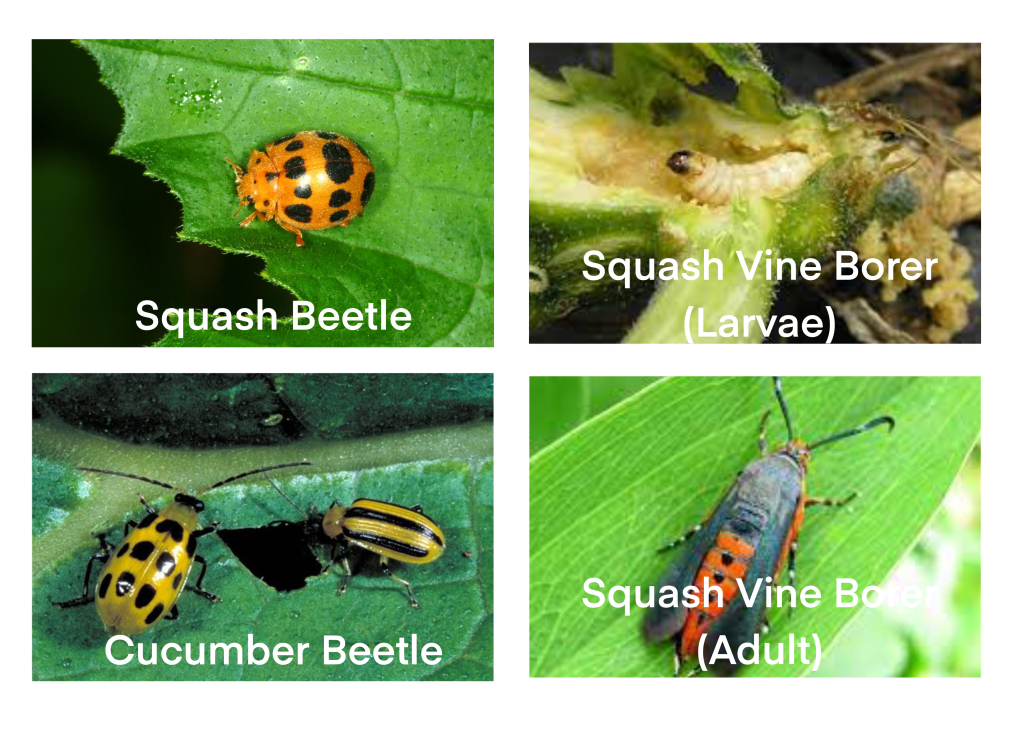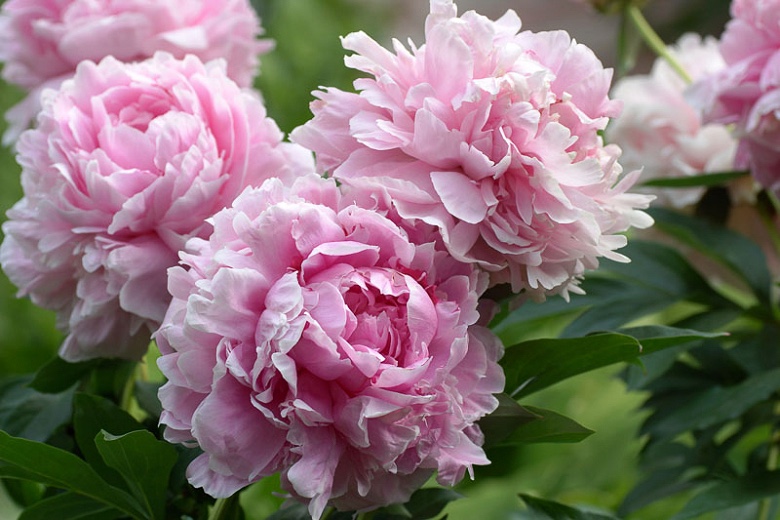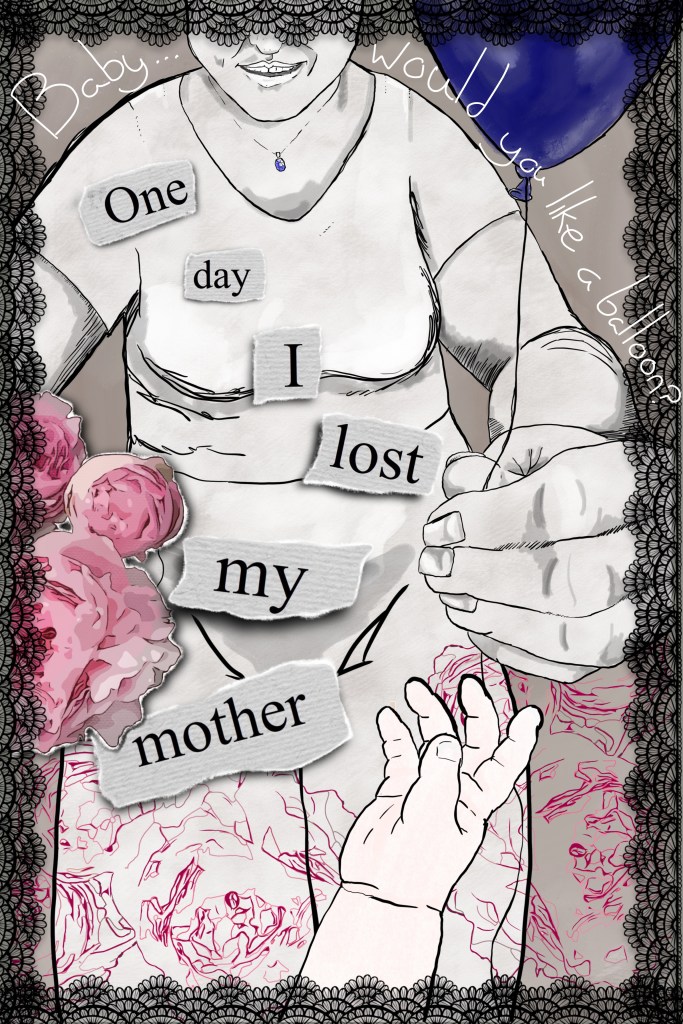And so it begins again. Where we started last year to where we are now, it’s hard to imagine it’s been an entire year.
I started this blog to get my experience as a horticulturist in Georgia and my knowledge I’ve gathered out of my head and into the hands of people who need the information. I’ve also used it to show people that gardening is a science and an art and it’s good to have someone on your side who understands that balance.
Though I had hoped that some readers would reach out to hire either myself or my company, I didn’t expect so many to be interested in what we do. I’m truly humbled by the amount of readers who have entrusted the care and vision of their garden to myself and my talented crew.
As we march through this next year together (get it? March?), let’s take a look at what needs to be done now. (If you forgot what happened last year and have already purchased some new, shiny plants from Lowe’s or HD, skip ahead to PLANTING.)
General Info
Oh, March comes in like a lion that’s done some speed, taken up the drums, then given up that hobby to take a nap…all while throwing mad amounts of pollen about to really mess with our allergies.
But the fact remains, the sun is in the sky longer, the soil is warming, and we have Daylight Saving Time to contend with.
Let the tulips and hyacinths you planted last winter invigorate your desire to garden.
Topdress with compost on lawns and flower beds.
Fertilizer applied now will be available to newly budding plants.
Mulching should be on your agenda soon. If you don’t normally mulch, consider starting this as a habit. Not only does mulch save you time and energy on weeding, it also improves soil quality. Many of my more particular clients prefer we remove last year’s mulch and replace. For those of us who are interested in sustainability and being economical (I was trying to figure out a way to combine economical and ecological into one word, but just couldn’t do it) lay your new mulch on top of the old. Not only is it less work, it also preserves your new mulch for a longer period of time.
It’s a little tricky to figure out what didn’t make it through theearly winter cold snap. Be patient. Some plants are a little shy after that sort of experience and may wait until April to break dormancy.
Shrubs (and Trees)
Broadleaf hedges are starting to grow(but not the conifers)! Get out there and shear them like sheep! This is the only time of year I condone shearing broadleaf evergreens, as long as they are not blooming, or soon to bloom in the next few months. Leave azaleas, gardenias, and such to right after they bloom. That’s right, I’m giving all those over eager fathers with twitchy power tool trigger fingers permission to really go for it. Get creative. Tap into your inner Edward and try topiaries or odd shapes.
If your conifers are growing, you may prune them now as well, but ONLY if they have new growth.
Continue to spray sulphur on plants that have had insect issues in the previous years. It smells a little bit, but the odor dissipates pretty fast.
Speaking of things that smell bad, if you have caught a whiff of something that reminds you of your early 20’s and regrettable choices, that would be Bradford Pears blooming. These once favorite child of contractors have really taken over Georgia and much of the south as we learned in horror they are not sterile (as we were led to believe). Their stinky children have been carried all over the dirty south and caused a lot of headaches. If you see them on your property, it’s a great time to consider replacing them.
Perennials
You can still continue to divide and separate perennials, except phlox and iris (wait till they finish blooming). If you are dividing for space and have no place to place more plants, consider leaving a comment and I can try to re-home them.
Hot house grown perennials should wait to go in the ground until closer to the last freeze (4/15 here in Atlanta).
Lawns
Lawns can be dethatched and aerated as well. If you spread winter rye, you may mow it to 1” now.
PLANTING (you’ll recognize this from last year)
I’ve seen a few posts on NextDoor and received messages from neighbors and clients itching to plant.
Cool season plants like lettuce, kale, carrots, beets, and others can still be planted. Dormant perennials and hearty trees and shrubs can also be planted. But almost everyone really wants to know about their tender herbaceous plants; tomatoes, basil, peppers and the like.
Short answer: it is too early to plant. Our last frost date is April 15th. This isn’t our average or mean average last frost date. This is the actual last frost date. We haven’t had frost after tax day. In my 23 years here in Atlanta, we have had many frosts on the 15th.
Long answer: Planting tender herbaceous plants before the last frost date doesn’t behoove you or the plants. As we approach the equinox, the soil temperatures are actually cooling where the air temperatures are warming. Tender herbaceous plants, like many herbs, and certainly any non native solanacea (tomatoes, peppers, eggplant, tomatillo, etc) are understandably going to be unhappy with cool air temperatures, but they are going to be downright petulant if the soil temperature is cold.
Petulant tomatoes! What does that even look like? A tomato that has been planted in cold soil will actually refuse to grow for a while. The cold soil will prevent root hairs from growing, and if root hairs aren’t growing, their dying. Root hairs are the drama kid of the plant anatomy. They are either exuberant, pushing madly through the soil, or languishing with their root hair hands across their brows, crying “I literally can’t even!” And then they die. So when soil temperatures and air temp are perfect, the tomato has to grow new root hairs. And they will prioritize root growth over vegetative or (more importantly) flower/fruit growth.
I can hear you thinking “Ok, Joshua. If it’s the wrong time to plant these things, why do the Big Box Stores sell them, huh? They wouldn’t steer me wrong. They want me to succeed. What do you have to say to that, Mr. Smartypants horticulturist?”
Profit. That’s what I have to say.
We run out, buy our favorite ‘maters, then pop them in the ground the first weekend of March and say “Stupid horticulturist. He doesn’t know anything.” And then we get freezing temps the second weekend of March and have to buy those plants all over again. And the CEO’s laugh. No, it’s true. They laugh. They laugh at those who bought the tomatoes twice (or three to four times if you’re really stubborn), and they laugh at the horticulturists who are basically Cassandras warning everyone that the big wooden horse is full of frost.
And then you know what they do? They stop selling tomatoes around the middle of May and start trying to convince you to buy Halloween or (even worse) Winter Holiday décor. In May. Pools haven’t even opened yet and they are trying to convince us to snap up inflatable Santas and wicker deer. Meanwhile, you want a nice fried green tomato sammie, but all you have is a rosemary shrub trimmed up like a Christmas tree, bedecked in red ribbons. This is creating a false demand for tomatoes in February/March.
I digress.
I’m not saying don’t buy those tender herbaceous plants. In fact, do. Quickly. I went all year last year without Thai basil because I waited too long, and my home made pho mocked my choices with every spoonful. Buy them, but don’t plant them unless you can protect them. If you have already planted them, find something to cover them with when frost is in the forecast. You can even set a few dark stones around them to help harvest radiant heat. If you have them but haven’t planted them, set them outside during the day but pull them in on cold nights.
You can also set them in a garage. If you have a cold frame, be vigilant about popping it open during the day. I once forgot to tell my husband to open the cold frame while I was at a conference and came home to 8 trays of steamed vegetable and ornamental plants. Sad and smelly.
Lastly, don’t forget to enjoy your garden. Every time you connect with your garden, you’re connecting to a part of yourself and nature.

















